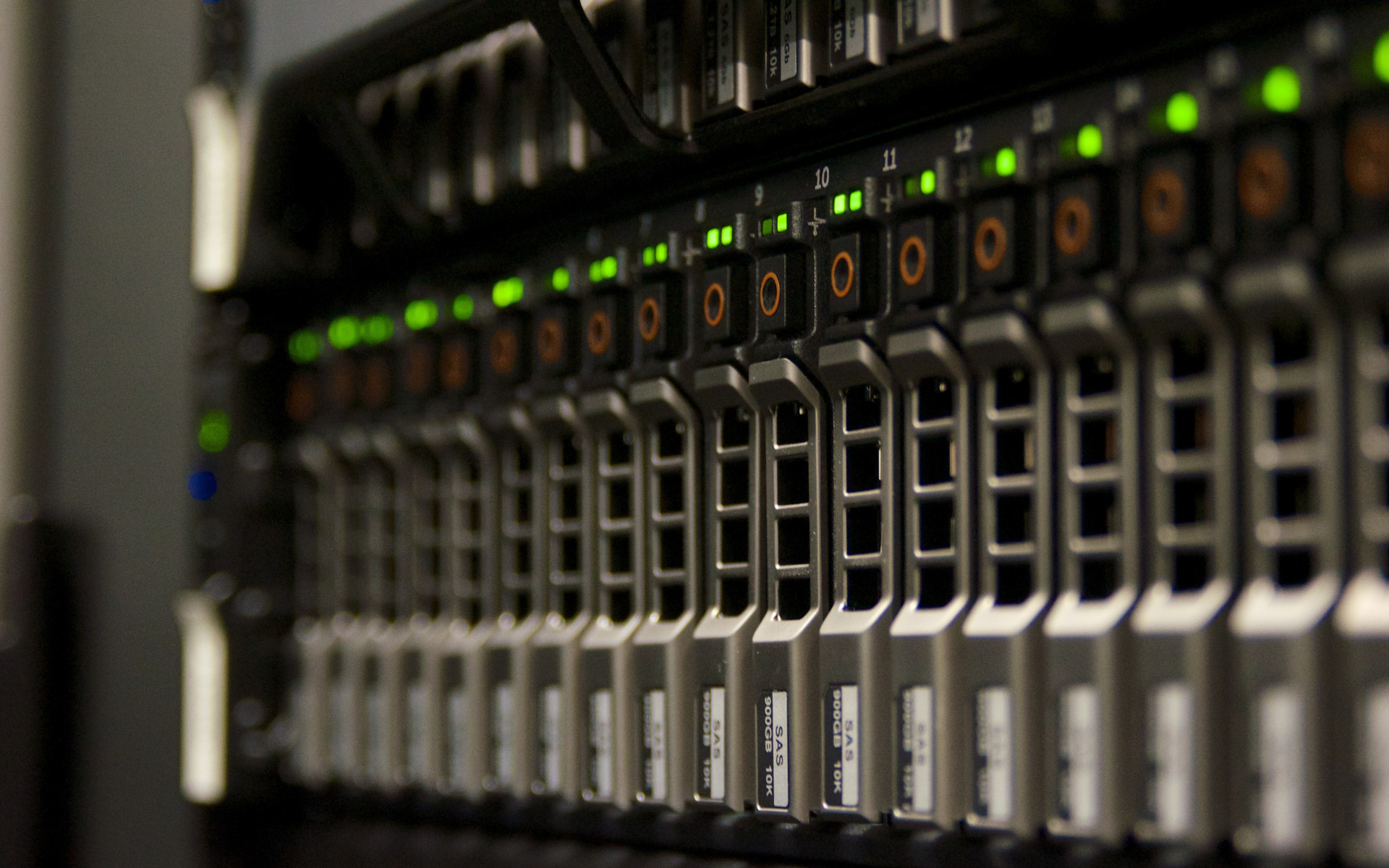
Green Cloud
In recent years, the concept of green cloud has become central in the discussion around technological sustainability. The explosion of digital services, the growth of data traffic and the increasing reliance on cloud infrastructures have revealed an often overlooked issue: servers consume enormous amounts of energy. Yet, while the demand for computational power continues to rise, providers are working to transform the cloud into an increasingly environmentally friendly system through both hardware and software innovations.
Today, data centers can no longer be simple physical spaces filled with machines. They must be optimized ecosystems designed to reduce emissions, waste and heat, using renewable energy sources, advanced cooling technologies and efficient computing architectures. The green cloud therefore represents a natural evolution toward digital infrastructure that combines performance with environmental awareness, addressing a need that is no longer only technical but also ethical and economic.
Energy-efficient architectures
One of the most important aspects of the green cloud concerns the design of hardware architectures. Next-generation servers integrate low-power processors, intelligent energy management systems and advanced virtualization techniques. Virtualization enables workloads to be distributed across fewer physical machines, reducing the number of active servers and optimizing resource usage.
From a technical standpoint, energy usage is regulated by scheduling algorithms that balance workloads and power machines on or off depending on actual demand. This significantly reduces energy consumption and limits the need to keep hardware constantly active. Moreover, many infrastructures adopt ARM-based systems, which offer high performance with lower power requirements compared to traditional x86 CPUs.
The role of intelligent cooling
A critical element of data centers is heat dissipation. Machines generate a large amount of thermal energy, and cooling represents one of the main sources of energy consumption. Traditional industrial air-conditioning systems have been progressively complemented by far more efficient solutions such as liquid cooling, optimized airflow circulation and the use of naturally favorable environmental conditions.
Green data centers also rely on predictive models that monitor temperature, humidity and workload to automatically regulate ventilation. In some regions, infrastructures are built near water sources or in very cold climates to naturally reduce energy demand. The importance of these technologies lies in their ability to maintain stable temperatures without relying on high-impact cooling systems.
Renewable energy and distributed infrastructures
Another pillar of the green cloud is the growing adoption of renewable energy sources. Many providers directly invest in wind farms, photovoltaic installations and energy-storage systems. The goal is to power data centers entirely with clean energy, reducing CO₂ emissions and improving their overall environmental footprint.
The geographical distribution of infrastructure is another technical component contributing to sustainability. Global cloud providers position data centers in different regions to distribute workloads and take advantage of the most favorable energy mix. Edge networks, which move computation closer to user devices, also reduce latency and minimize traffic to central data centers, lowering overall energy consumption.
Optimization algorithms and machine learning
The green cloud is not only a hardware matter. Software plays a crucial role. Through machine learning, systems can predict usage peaks, optimize workload distribution and prevent waste. Predictive models analyze user behavior and anticipate when infrastructure needs to scale, avoiding unnecessary active services.
Optimization algorithms also reduce processing times by improving operational efficiency. Intelligent data compression, deduplication and virtual-resource management reduce the energy required to transfer, store or process information. These processes are essential to making computational infrastructure environmentally sustainable on a large scale.
The future of digital sustainability
The green cloud represents a crucial phase in the evolution of digital infrastructures. With the expansion of artificial intelligence, machine learning and large-scale data processing, energy demand will continue to increase. For this reason, sustainability can no longer be considered optional. It becomes an integral part of system design and influences the technological choices of providers.
In the near future, we will see data centers that are increasingly energy-independent, algorithms capable of self-regulation based on environmental impact and hardware designed with recyclable materials and longer life cycles. The cloud, originally created to address scalability needs, is transforming into an intelligent infrastructure capable of combining performance with respect for the planet.








